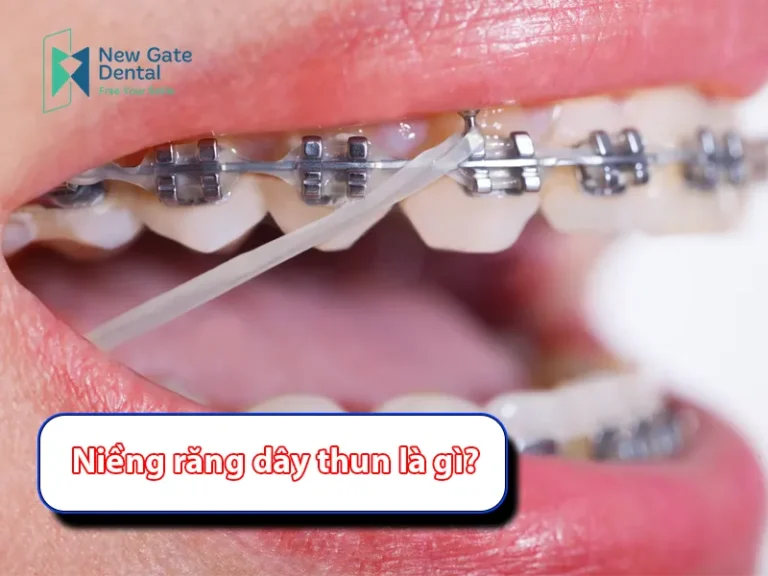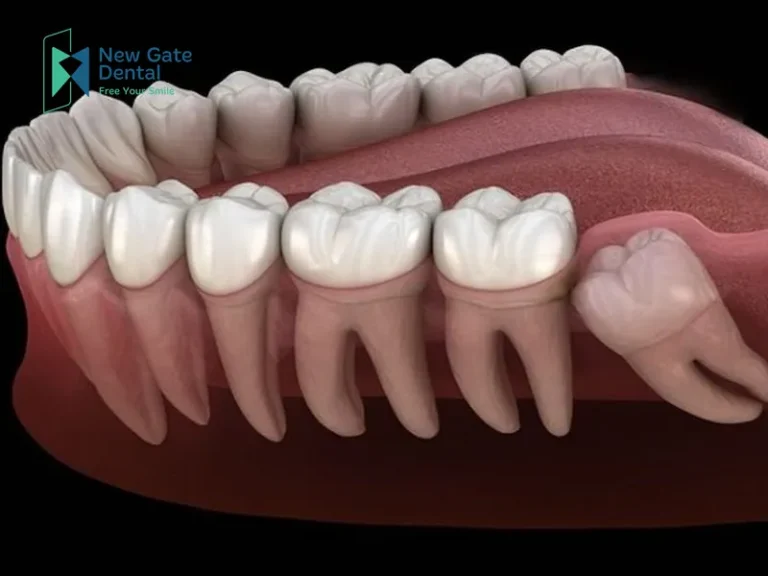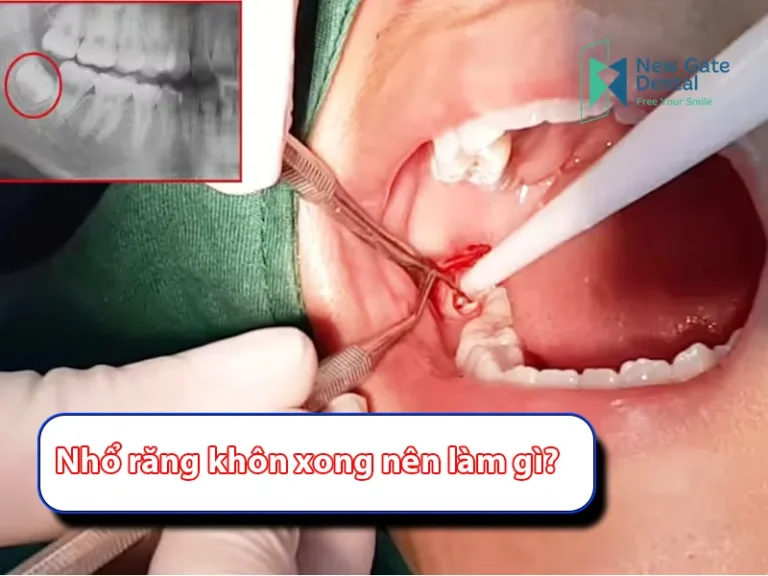Have you ever felt self-conscious about your uneven teeth? Do you dream of a radiant smile but hesitate due to the visible metal brackets? Orthodontic rubber bands, with their unique design and colorful options, are the perfect solution for you! Let’s dive into this detailed analysis by New Gate Dental to understand more.
What Are Orthodontic Rubber Bands?
Orthodontic rubber bands are essential dental tools used in conjunction with wires and brackets during orthodontic treatments. They help apply force to move teeth into their desired positions, ensuring you achieve a bright, confident smile.
Made from medical-grade rubber, orthodontic rubber bands are safe, non-irritating to the mouth, and have high elasticity. This elasticity provides the necessary tension to help move your teeth efficiently during the treatment process.
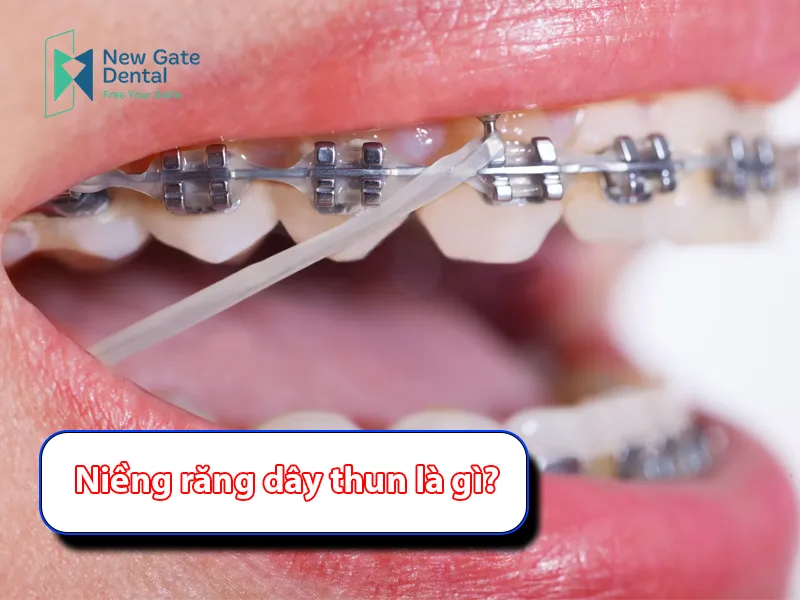
Related Topics:
Types of Orthodontic Rubber Bands
Depending on the purpose and the condition of your teeth, your orthodontist may recommend different types of rubber bands. Here are some of the most commonly used orthodontic rubber bands available today:
Spacer Bands
These bands are used to create small gaps between your teeth, making it easier to move teeth into place. Spacer bands are particularly useful when your teeth are overcrowded, and extra space is needed for treatment.
Colorful Ligature Bands
Ligature bands come in a wide range of colors and are used to secure the archwire to the brackets, providing the necessary tension to shift teeth. These colorful bands not only aid in tooth alignment but also allow wearers to express their personal style. You can even choose colors based on your personal preferences or according to feng shui principles!
Interarch Rubber Bands
Interarch rubber bands connect the upper and lower teeth and help align your bite by pulling the teeth into the correct positions. They are typically used to correct overbites, underbites, and other bite issues.
Power Chains
Power chains consist of a series of connected rubber bands that apply gentle, continuous force to adjust the positioning of teeth. They are often used in mild treatments to ensure teeth move smoothly while maintaining bracket stability.
Traction Rubber Bands
Traction bands are used to pull teeth either forward or backward. These are typically employed when rapid tooth movement is needed to achieve the desired positioning.
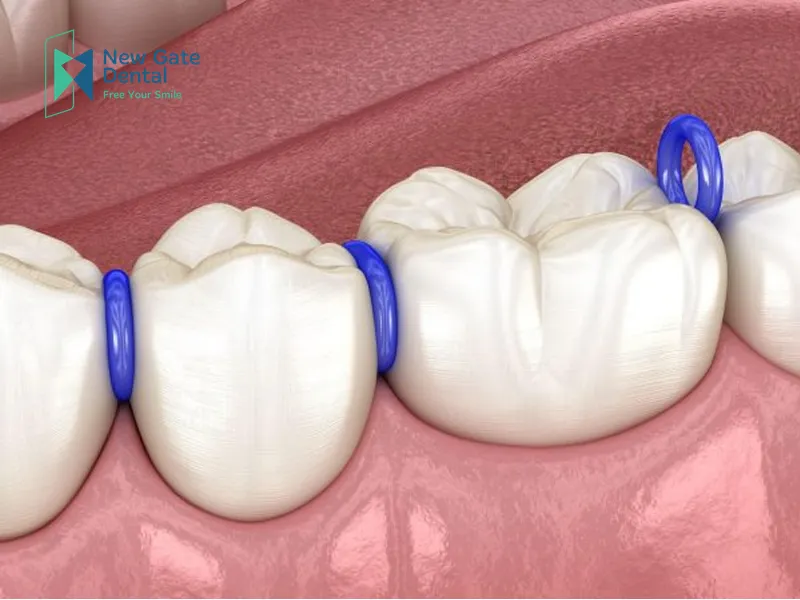
Benefits of Orthodontic Rubber Bands
Orthodontic rubber bands are an indispensable part of dental treatments. Besides creating the tension needed for tooth movement, they offer several other notable benefits, contributing to both aesthetic improvements and functional results.
Support Tooth Movement
Rubber bands are looped over the brackets to create gentle but consistent pressure, helping guide teeth into the correct positions. The tension from the rubber bands pulls, pushes, rotates, or tilts teeth as directed by the orthodontist.
Correct Crowded Teeth
Orthodontic rubber bands are instrumental in creating space between crowded teeth. By positioning the bands between teeth for a set period, gaps are created, facilitating more effective alignment.
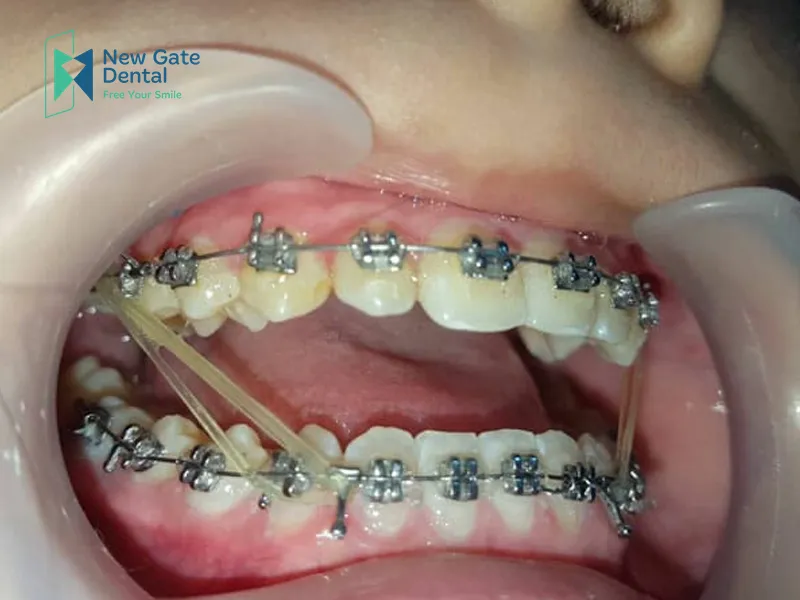
Improve Bite Alignment
Rubber bands play a crucial role in aligning your bite. They ensure that the upper and lower teeth fit together properly, creating balanced pressure for chewing. Interarch rubber bands are often used to connect both sets of teeth, ensuring precise bite alignment.
Rubber bands can also assist in correcting issues like overbites, underbites, and crossbites.
How Long Do You Need to Wear Orthodontic Rubber Bands?
The length of time you’ll need to wear rubber bands depends on several factors, including:
- Teeth Condition: Minor misalignment may require a shorter treatment time compared to more severe cases.
- Type of Braces: Different braces have different treatment timelines.
- Compliance with Doctor’s Instructions: Following your orthodontist’s guidance on wearing the bands consistently can directly impact treatment duration.
In general, the time frame for wearing orthodontic rubber bands ranges from 6 months to 2 years, though your orthodontist will monitor your progress and provide a personalized treatment plan.
Do Orthodontic Rubber Bands Hurt?
Wearing orthodontic rubber bands may cause discomfort or soreness, especially during the first few days or after switching to new bands. You might feel tightness between teeth, particularly with spacer bands, or experience jaw soreness with traction bands.
Some common causes of discomfort include:
- Tension from Rubber Bands: The bands exert pressure to move teeth, causing mild pain.
- Switching to New Rubber Bands: New bands often have stronger tension, leading to temporary discomfort.
- Chewing Habits: Hard or chewy foods can place additional pressure on your teeth, exacerbating discomfort.
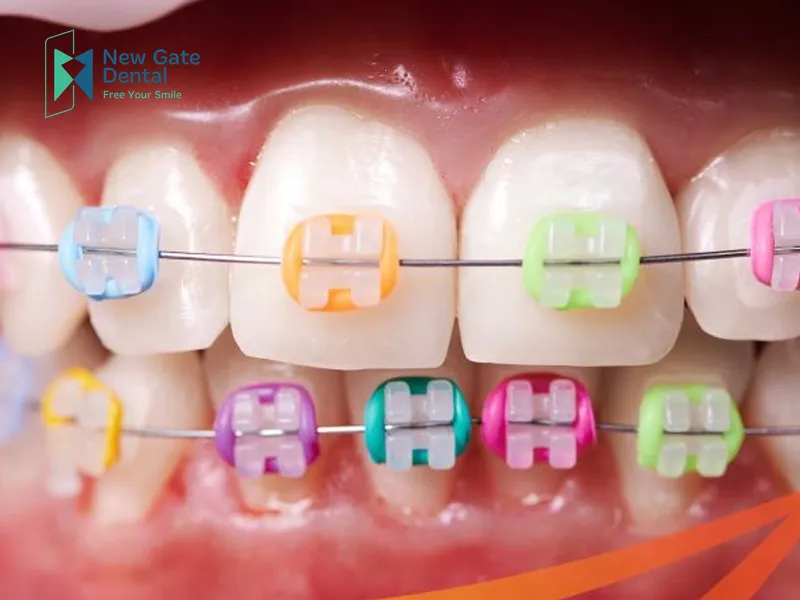
To alleviate pain from orthodontic rubber bands, you can try:
- Using over-the-counter pain relief (only if necessary)
- Applying a cold compress to the outside of your mouth
- Eating soft foods like soups, noodles, or porridge
- Practicing good oral hygiene to prevent infection
Conclusion
Wearing orthodontic rubber bands is a challenging but rewarding journey, leading to a straighter, more beautiful smile. Remember, patience and consistency are key to achieving your desired results. Trust your orthodontist and look forward to a dazzling smile in the future!
If you have any questions about braces or need consultation services, feel free to message us or call the New Gate Dental Hotline to receive expert advice on your orthodontic journey.
Contact Information:
- Branch: 04 Dang Tat Str., Tan Dinh Wd., District 1, HCMC
- Branch: 218 Tan Huong Str., Tan Quy Wd., Tan Phu Dist., HCMC
- Hotline: 085 522 9911
- Website: NewGateDental.com
- Fanpage: New Gate Dental
- NewGate Dental Treatment pricing chart - 06/10/2024
- What Are Orthodontic Rubber Bands? Types of Rubber Bands Used in Braces - 04/10/2024
- When Should You Extract Wisdom Teeth? - 04/10/2024


